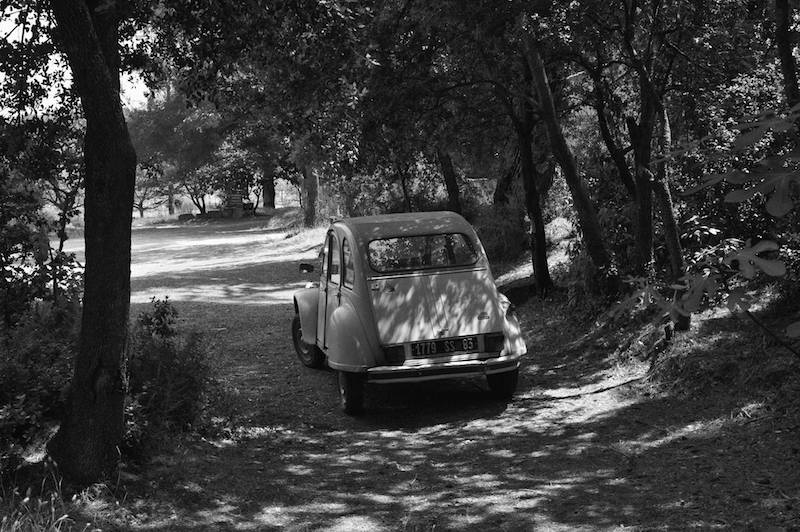And while we’re on the subject of how print publications might reverse the decline in their circulations, I should report that we are not the first generation of journalists to fret about these things. My illustrious countryman, Flann O’Brien, was much exercised by these matters and wrote about them often in his Irish Times column. In one, he reported on his Research Bureau’s work on a new form of ink, provisionally called Trink.
It looks for all the world like the ordinary black ink you can buy for twopence. ‘Trink’ however is a very special job. When put on paper and dried, it emits a subtle alcoholic vapour which will hang over the document in an invisible odourless cloud for several days.
The whole idea, he explained, was to print the Irish Times with it.
You will then get something more than a mere newspaper for your thruppence. You get a lightning pick-me-up not only for yourself and your family but for everybody that travels in your bus. Any time you feel depressed, all you need is to read the leading article; if you want a whole night out, get down to the small ads.
Like all great inventors, O’Brien foresaw opposition.
Every great innovation must expect it. Vested interests, backstairs influence. The Licensed Vintners’ Association will make a row; newsvendors will have to hold an excise licence or possibly the Irish Times will be on sale only in hostelries; the Revenue will probably clamp a crippling tax on every copy and compel us to print under the title ‘Licensed for The Sale of Intoxicating News, 6 Days’. All that will not stop us, any more than the man with the red flag stopped the inevitable triumph of the motor car. And no power on earth, remember, can compel your copy of the Irish Times to close down at ten. You and read and re-read it until two in the morning if it suits your book, and even tear it in two and give your little wife a page.
You may laugh, but this is at least as good an idea as some of the dafter wheezes dreamed up by marketing executives to persuade people to buy copies of print publications at newsagents. Of course nowadays, one would segment the market. The Sun and the Mirror would be printed using the cheaper Spanish reds, or possibly bulk-buy Retsina; the Financial Times would be done in one of the Duexieme Cru clarets, or perhaps a decent Chambertin; Vogue would be printed in champagne while Hello! would be admirably served by Tia Maria. The Guardian and Observer would be best suited by Chilean or South African Pinot Noir, I fancy. Loaded and other Lads’ Mags would be printed in Newcastle Brown. The Independent, for its part, would be done in non-alcoholic lager while the Tablet would be printed in communion wine (with the lonely-hearts page perhaps done in Holy Water to discourage fornication?) And of course the Telegraph would patriotically stick to the products of English vineyards.
I tell you, we’re onto something here.

